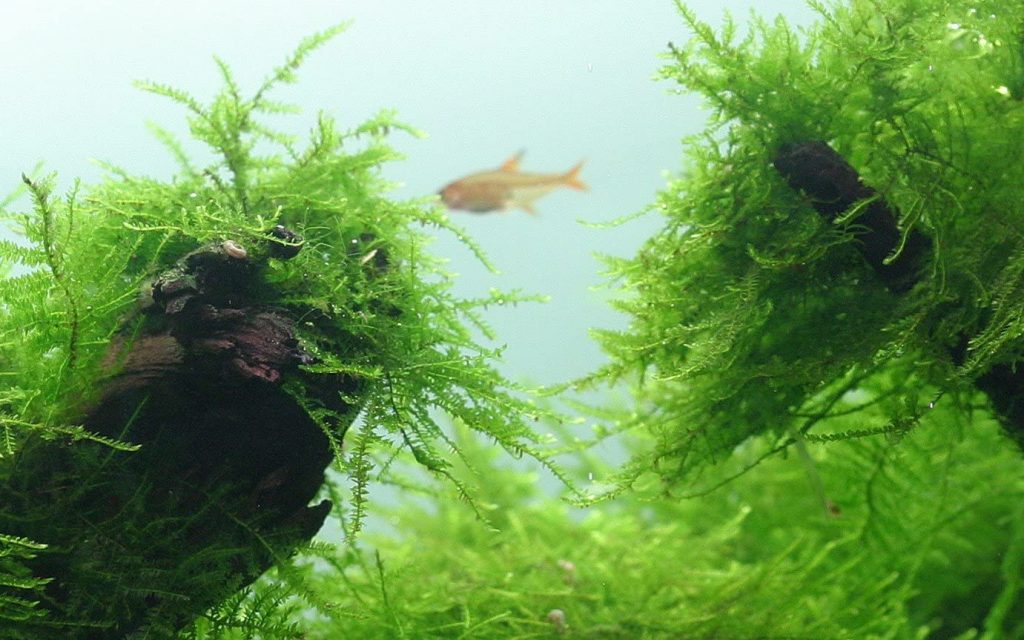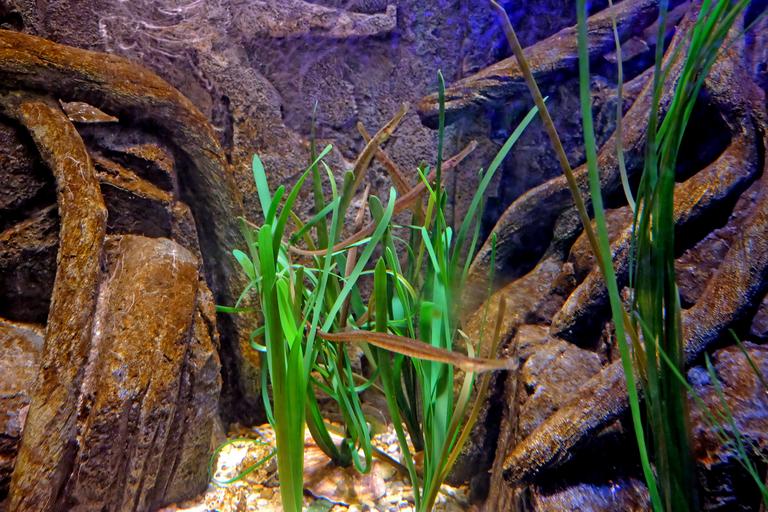When choosing the right moss for your aquarium, there are many factors to consider. How will your aquarium fish benefit from the moss? How fast does the moss grow? Is the moss easy to maintain, or does it need special care to thrive in your aquarium? Which moss is more affordable? And is the moss attractive in my aquarium?
When it comes down to choosing either flame moss or java moss, rest assured that neither is necessarily better than the other for your aquarium. It comes down to preference and factors such as growth speed, maintenance, temperature, CO2 necessity, and aesthetics.
The rest of this article will tell you all you need to know when comparing these two popular mosses, providing you with a buyer’s guide for making the best decision for your individual aquarium.
Which Moss is Best for my Aquarium: Flame Moss or Java Moss?
In asking this question, there are several factors that pertain to your individual aquarium.
- Growth speed
- Vertical vs. horizontal growth pattern
- CO2 necessity
- Temperature needs
- Maintenance
- Affordability
- Aesthetics
Let’s compare each moss based on the above factors.
Growth Speed
Flame moss grows at a much slower rate than java moss. Java moss is one of the most rapidly growing aquarium mosses, lending to its popularity. After all, it can be inconvenient to wait to see what your new moss will look like in your aquarium.
Java moss grows quickly at a steady rate.
Growth Pattern
Flame moss grows vertically while java moss tends to grow horizontally in all directions. If you place either on a rock in your aquarium, you’ll notice that java moss will eventually spread across the entire rock while flame moss will remain at the location you placed it and grow upward without spreading.
If you have a relatively crowded aquarium with a lot of decor and rocks, you might want to go with flame moss, since its vertical growth won’t make your aquarium appear overcrowded.
Given its horizontal growth pattern, java moss is great for aquariums with sparse decor.
CO2 Necessity
Flame moss needs CO2 to grow well, while java moss thrives well without CO2.
Temperature Needs
Flame moss requires colder water temperatures, generally between 77 – 79 degrees Fahrenheit (25 – 26 C). Java moss can tolerate a wider range of temperatures, from 77 – 86 degrees Fahrenheit (25 – 30 C).
Both mosses thrive in low light with a low water current.
Maintenance
Because of its slow growth rate, flame moss requires less maintenance as far as growth and shaping is concerned. This is convenient if you have multiple aquariums and don’t want the hassle of keeping up with rapid moss growth.
Java moss requires more maintenance, as you have to keep up with its growth and keep it from overwhelming your aquarium. This works if you have only one aquarium and don’t mind regularly maintaining your java moss.
Affordability
Java moss costs less than flame moss, with a large cup costing around $14 while the same quantity of flame moss costs $40.
Aesthetics
Depending on your tastes and the other species and decor in your aquarium, you might prefer the appearance of one moss to the other.
As its name suggests, flame moss has larger, narrow leaves that flare out upwards like green flames. Its growth lends to a striking appearance, especially when growing from driftwood and rocks, and lends an ethereal air to your aquarium. It has a more pointed appearance.
Java moss, on the other hand, grows outward and spreads out in all directions. It has small leaves and appears shaggier than flame moss, though the two have some similarities in appearance. Unlike flame moss, it has a generally rounded appearance.
Is Flame Moss Easy to Grow?
Flame moss is considered an easy moss to grow, just as long as your aquarium meets the correct water parameters. Flame moss grows best in water temperatures between 77 – 79 degrees Fahrenheit and a water pH of between 6 – 8. It does best in low lighting with a slow water current.
Due to its slow growth, it doesn’t require a lot of maintenance. Because of its ease of care, flame moss is considered a moss suitable for beginner aquarium enthusiasts.
Is Java Moss Easy to Grow?
Java moss, like most mosses, is easy to grow as long as you have the right water parameters. It thrives in a wider range of temperatures than flame moss, generally anywhere between 77 – 86 degrees Fahrenheit, with a water pH of 6 – 8. It thrives best in low lighting with a slow water current.
Keep in mind that java moss’s rapid growth requires higher maintenance than flame moss, and you’ll need to regularly trim and shape its growth to prevent it from overcrowding your aquarium.
Aside from being an extremely popular aquarium moss, java moss is a top choice for aquarium breeders, as fish are drawn to the spreading horizontal growth that keeps fry safe from predators.
Are Weeping Moss and Java Moss the same?
While weeping moss and java moss thrive in similar water parameters and have similar tiny leaves, tendrils, and general appearance, these two aquarium mosses are in fact different plants.
Java moss – vesicularia dubyana – has a horizontal growth pattern that will spread across the rocks or driftwood upon which it is placed. It is a lighter shade of green than weeping moss, which is quite a bit darker.
Weeping moss – vesicularia ferrieri – has a downward growth pattern, and its name comes from its pattern, which resembles the flowing downward growth of weeping willow branches.
Weeping moss is rarer and difficult to find in aquarium supply stores, unlike java moss. If you want to add weeping moss to your aquarium, you’ll most likely need to order it online. It also grows slower than java moss and requires less maintenance, which is good news if you don’t want the hassle of constant shaping and trimming.
Does Flame Moss Need CO2?
While CO2 isn’t absolutely required for flame moss to grow, aquarium experts highly recommend it.



